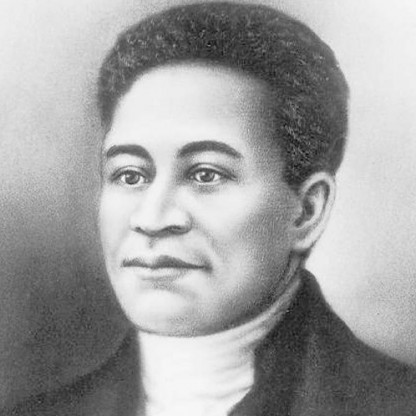In 1829 he moved from Salem to Cambridge and became the first Dane Professor of Law at Harvard University, meeting with remarkable success as a Teacher and winning the affection of his students, who had the benefit of learning from a sitting Supreme Court justice. He was a prolific Writer, publishing many reviews and magazine articles, delivering orations on public occasions, and publishing books on legal subjects which won high praise on both sides of the Atlantic. Among Story's works of this period, one of the most important is the Justice's Commentaries on the Constitution. The commentaries are divided into three sections, the first two concerning the colonial origins of the confederation and revolution, and the final section concerns the origins of the Constitution. Story's Commentaries encapsulate and expound his ideology. Within his Commentaries Story, in particular, attacks notions of state sovereignty. Even at this moment when his time on the Court was drawing towards a close, Story remained concerned with the welfare of the Union. His guide to the Constitution stressed the sovereignty of the people rather than the states, and extensively attacked those elements, i.e. southern sovereignty advocates, that Story felt could destabilize the Union. Story's Commentaries summarize much of the Justice's philosophy and demonstrate how Story, sought to use his work off the bench to continue to foster popular sovereignty over state sovereignty. Finally, Story's philosophy is made clear through the numerous references to Marshall, to whom the work is dedicated.









